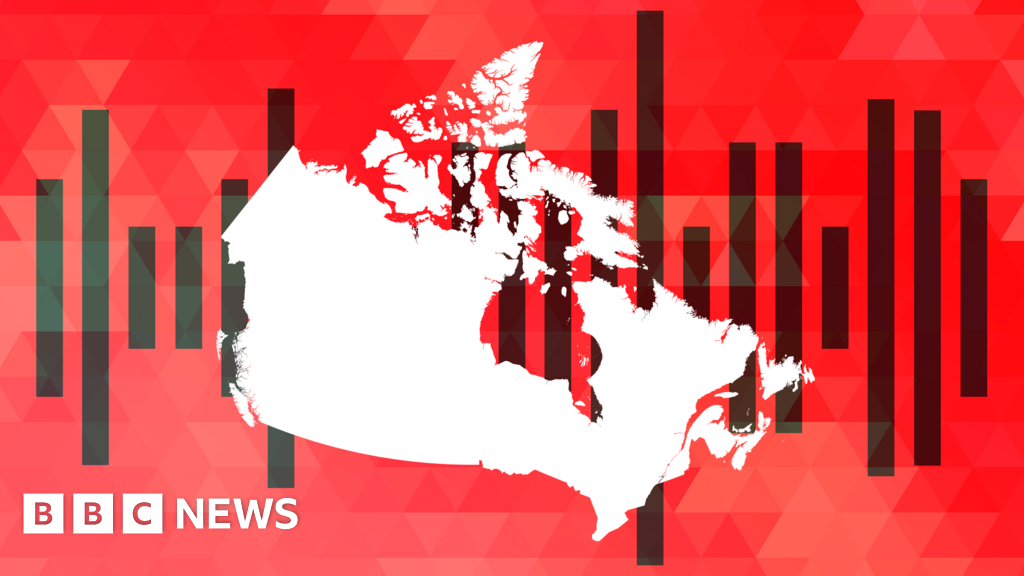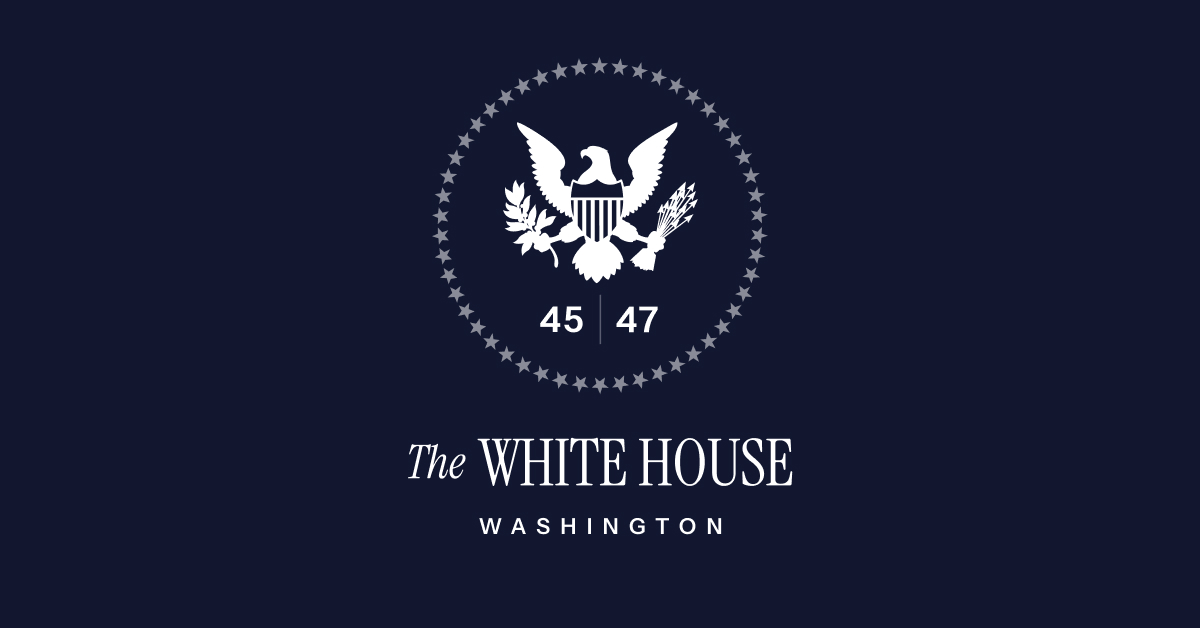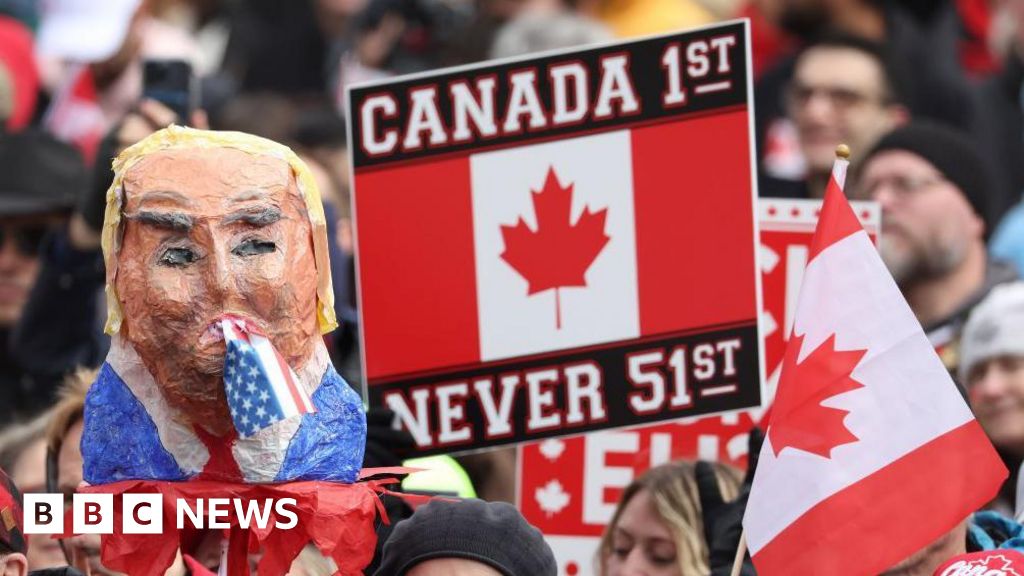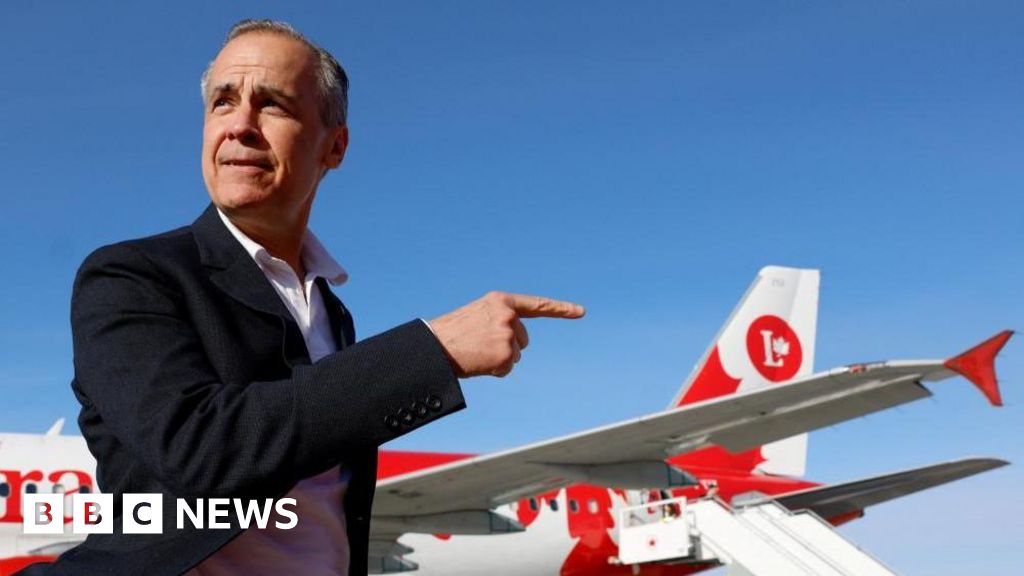Canada's Election Results: A Detailed Analysis of Voter Trends

In a significant development in Canadian politics, Mark Carney's Liberal Party has successfully secured enough seats in the House of Commons to establish a government. However, despite this victory, projections by CBC News indicate that the Liberals will fall short of achieving the majority they had aspired to. Carney, who took over as Prime Minister in early March following the resignation of Justin Trudeau, is poised to continue in his role amid these electoral results.
The Liberal Party is currently leading in 169 seats, which is short of the 172 needed for a majority. The Conservative Party, led by Pierre Poilievre, is expected to remain the official opposition as the second-largest party, with a projected count of 144 seats. This electoral update comes with nearly 99% of polling results reported. Meanwhile, the Bloc Qubcois, which operates exclusively within Quebec, is leading in 22 seats, while the New Democratic Party (NDP) is projected to secure seven seats and the Green Party is anticipated to win one.
Notably, both the Liberal and Conservative parties have experienced a notable increase in their share of the national vote compared to the previous election cycle four years ago. This surge in support for the two largest parties has occurred at the expense of smaller parties, particularly the NDP, whose proportion of the popular vote has decreased by nearly 12 percentage points.
Pierre Poilievre's increased support for the Conservative Party was not sufficient to secure his own seat in Carleton, Ontario. The 45-year-old politician had campaigned on the promise of a return to "common sense politics." Earlier in the year, opinion polls had suggested that the Conservatives held a commanding lead of over 20 percentage points ahead of the Liberals. However, this lead diminished following the resignation of former Prime Minister Justin Trudeau and the subsequent leadership of Mark Carney, against a backdrop of tariffs imposed by U.S. President Donald Trump.
In Poilievre's own constituency, he faced a remarkable challenge, with 90 opponents primarily comprised of independent candidates linked to a movement advocating for electoral reform. The NDP leader, Jagmeet Singh, also faced defeat, finishing third in his riding, trailing behind candidates from both the Liberal and Conservative parties.
Canada employs a "first-past-the-post" electoral system, where the candidate with the highest number of votes in each electoral district, or riding, is declared the winner and becomes a Member of Parliament (MP). The dominance of the Liberals and Conservatives is evident, with both parties garnering over 40% of the votes counted nationwide. This strong showing positions them to potentially capture around 90% of the available seats in the House of Commons. In contrast, the NDP managed just over 6% of the total vote, translating into a mere 2% of the seats, while the Bloc Qubcois achieved a similar vote share and seat distribution.
The Liberal Party is projected to secure a majority of seats in the critical provinces of Ontario and Quebec, which collectively account for 200 of Canada's 343 electoral districts. The Conservative Party is expected to retain its strength in Alberta, while the competition remains tight between the two leading parties in British Columbia.
One of the focal points of the election was the "905" region surrounding Toronto, known for sharing the same telephone code. The Liberals are expected to have performed well in most parts of Toronto itself, reclaiming a seat they lost in a by-election last year. However, the Conservatives have successfully flipped several ridings in the surrounding areas. The NDP, on the other hand, is projected to have lost the Hamilton Centre seat, which they had held for over two decades.
Following Ontario, Quebec stands as Canada's second most populated province, playing a significant role in shaping federal election outcomes. The Bloc Qubcois, which focuses on Quebec-centric interests and only fields candidates within the province, was defending 35 seats prior to the election. However, following a review of electoral boundaries, it is projected to have lost 13 seats, with most of these transitions favoring the Liberal Party and one narrowly going to the Conservatives. For example, the Liberals won the Terrebonne riding from the Bloc by a razor-thin margin of just 35 votes. Additionally, the riding of Abitibi-Baie-James-Nunavik-Eeyou, one of the largest in Canada in terms of land area, has also transitioned from Bloc representation to the Liberals. Meanwhile, the NDP has managed to retain its seat in Rosemont-La Petite-Patrie, located in Montreal.
























